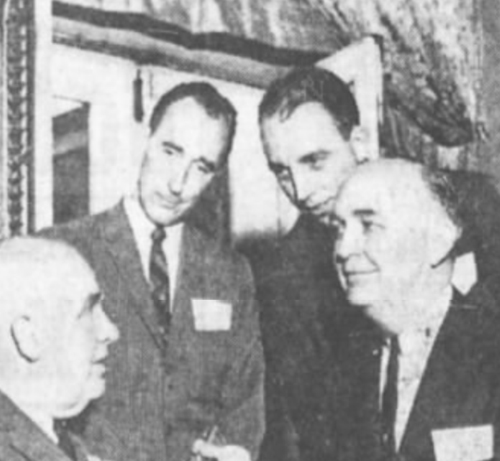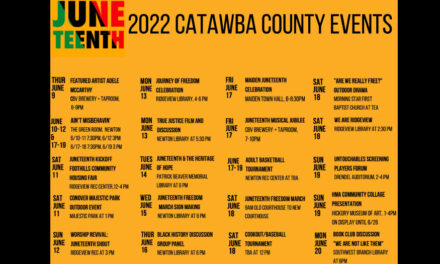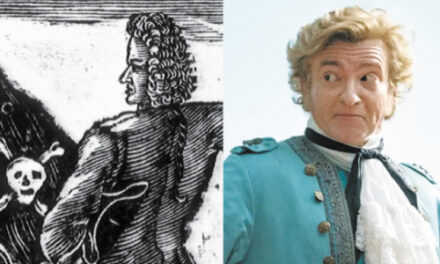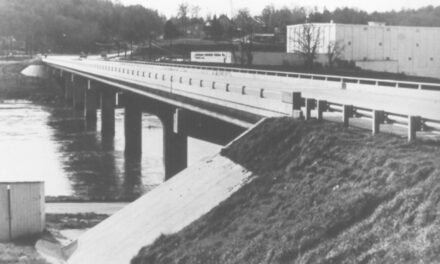
This fall, Catawba Valley Community College kicks off a look at its history and the many people who helped make it one of the best community colleges in the nation. The futures of thousands of students have been improved by classes they took, friendships they made, and the success they achieved while attending the IEC, CVTI, CVTC, and CVCC. At one time or another, the institution has been known by each of these abbreviations.
If one were to go back to where it all started, one man emerges as the driving force. He never taught there, was never a trustee, but no sooner had Tom Dana arrived in Hickory than he saw the need, and was very vocal about that need. Dana was the public face of Catawba County’s newest manufacturer, General Electric (GE). As Director of Public and Employee Relations every civic club in the area invited him to enlighten their members about what the $22 million plant would do for the area. What his research had noticed about Hickory and surrounding communities was striking.
While GE could teach newly onboarded employees all about the jobs for which they were hired, they had qualms about the local population being ready to learn; they worried that the area’s critical thinking and study skills were sufficient to handle GE’s necessities. Dana determined that there needed to be a post-secondary training school to prepare those interested in working for GE. Thus, the idea of a technical institute was born.

Photo: Tom Dana (upper right) confers with Governor Luther Hodges (lower left) and a group of North Carolina businessmen. Courtesy of the Hickory Daily Record.
Tom Dana lobbied for his idea and with GE’s backing, and local leaders listened. In the spring of 1958, other groups around North Carolina were beginning to see the need for advanced training. The state also recognized the importance but wanted concrete evidence that if they invested in this new type of school, the community would support it. A committee was formed in Hickory with Dana as the head. They went out and surveyed over 350 commercial and industrial companies about their requirements for trained personnel. They also polled the school systems to see if they would back the plan. Overwhelmingly, the respondents said they would.
When the State Department of Education approved a plan, Dana’s committee went on the hunt for land. Several folks, smelling profit, priced their parcels out of consideration. The search slowed down endorsement of a school, but finally, a fifteen-acre plot just down Highway 64-70 from the enormously popular Mull’s Restaurant and Motel was purchased from Loyd Bollinger. He wasn’t particularly interested in selling, but Dana and the committee convinced him. For his saying yes, they dubbed Bollinger a “public spirited individual.”
Immediately, the process got to the business of construction. After receiving a charter in 1958, lot grading began the next year. The price tag for the new school’s land and building totaled $415,000. Dana continued to cheerlead the effort, even though some had become squeamish. He labored tirelessly, doing much of the legwork to keep momentum going.
Sixty-three years after that first effort, the school Tom Dana spearheaded serves the communities in ways he never dreamed possible. What began as the Industrial Education Center, now called Catawba Valley Community College, outlived General Electric’s distribution transformer production plant, which shut down in the 1990s. It took an entire community to make CVCC what it is today, but Tom Dana envisioned it early, driving it to reality, making him the ‘Godfather’ of CVCC.
If Catawba Valley Community College has impacted your life, as a student, instructor, or someone who sees the benefit of the institution to our area, please share your experience. Go to cvcc.edu/historyofcvcc to write a remembrance. We plan to debut the book next spring to coincide with the 60th anniversary of the school’s first graduating class.








